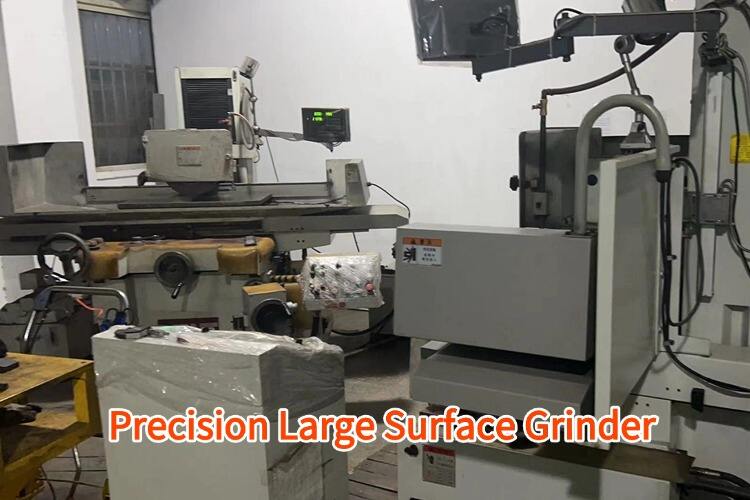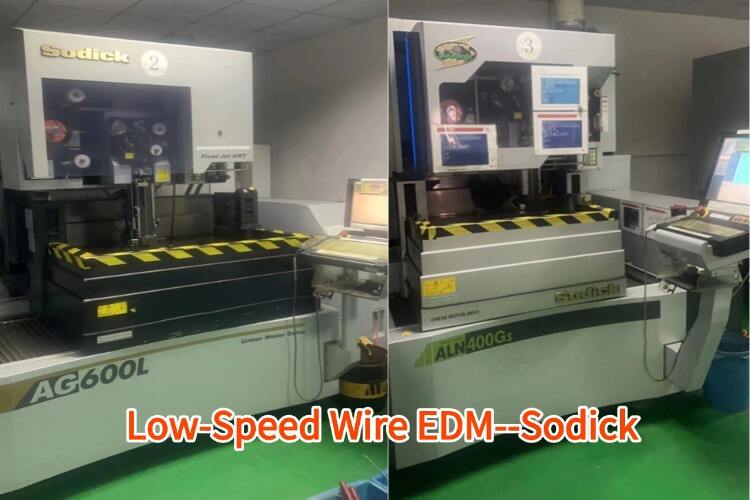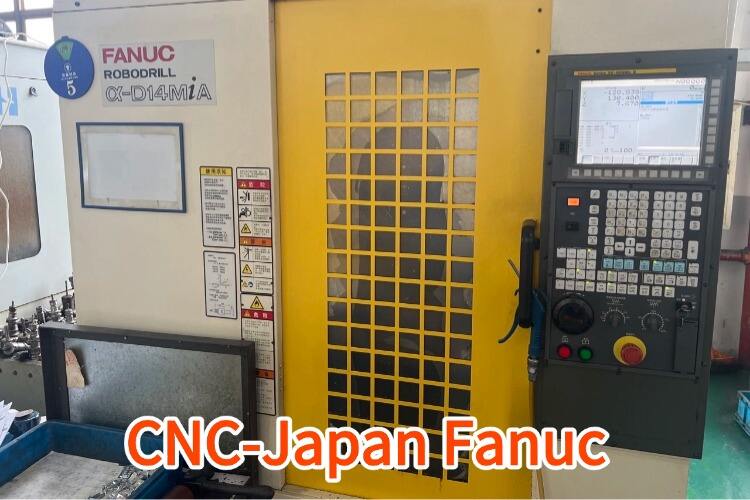what is cnc automation
CNC automation, or Computer Numerical Control automation, represents a revolutionary approach to manufacturing and production processes. This technology enables machines to operate automatically through computer-programmed instructions, eliminating the need for constant manual intervention. At its core, CNC automation integrates sophisticated software with precision machinery to execute complex manufacturing tasks with remarkable accuracy. The system operates by translating design specifications into numerical codes, which then guide the automated equipment through various operations. Modern CNC automation systems feature advanced controls, real-time monitoring capabilities, and multi-axis movement coordination. These systems can perform diverse operations including cutting, drilling, milling, and turning, while maintaining consistent quality across production runs. The technology incorporates sensors and feedback mechanisms to ensure precise positioning and movement control, enabling adjustments in real-time. CNC automation finds applications across numerous industries, from aerospace and automotive manufacturing to medical device production and consumer goods fabrication. The system's versatility allows for both small-batch custom production and high-volume manufacturing, making it adaptable to various business needs. Additionally, CNC automation systems can be integrated with other smart manufacturing technologies, supporting Industry 4.0 initiatives and digital transformation efforts.


